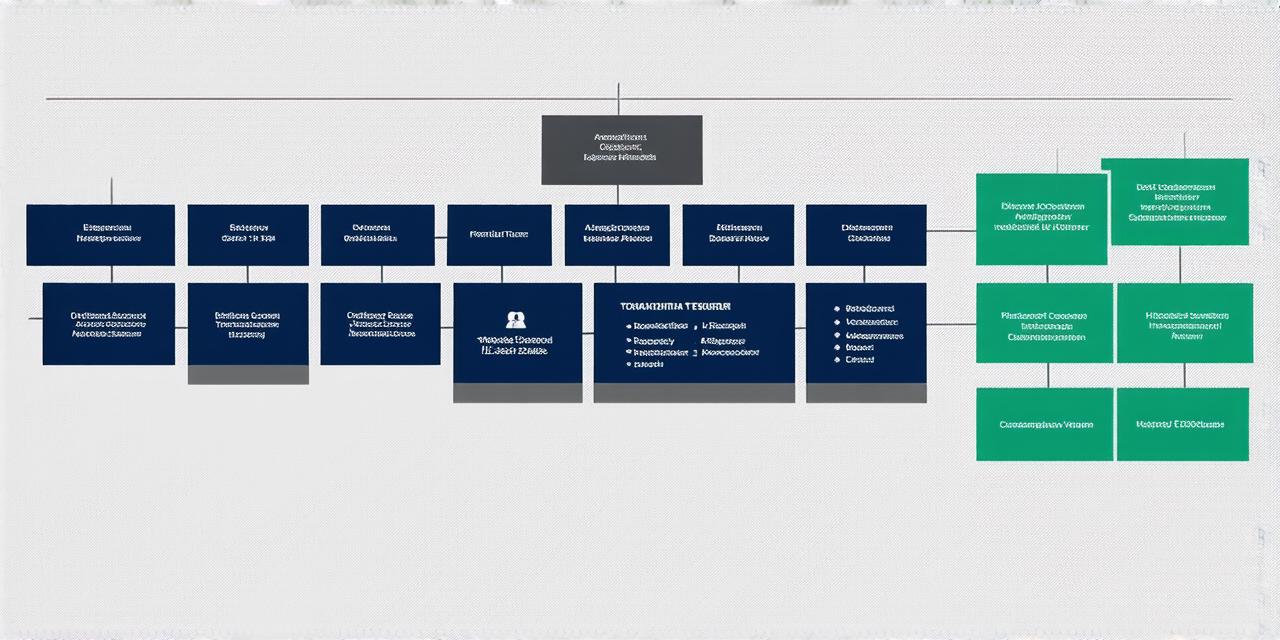Company structure plays a critical role in determining how a business operates, including taxation, liability, ownership rights, and management structure. When it comes to small businesses, choosing the right company structure can be challenging as there are several options available, each with its advantages and disadvantages. In this article, we will explore the main types of company structures, their features, and their suitability for small businesses.
The first type of company structure is a sole proprietorship. This structure involves a single individual owning and operating the business, with complete control over operations and personal liability for any debts or legal issues that arise from the business. Sole proprietorships are common among small businesses and freelancers as they are easy to set up with fewer legal and financial requirements compared to other structures. However, this structure can be risky as the owner’s personal assets are at stake if the business incurs significant debt or faces legal issues.

Another type of company structure is a partnership. Partnerships involve two or more individuals owning and operating the business together. There are two types of partnerships – general partners and limited partners. General partners have unlimited liability and are personally responsible for any debts or legal issues that arise from the business, while limited partners have limited liability and are not personally liable for any such issues. Partnerships can be beneficial if businesses require multiple skills and expertise to operate successfully. However, there is a risk of disagreement between partners about the direction of the business or profit distribution.
A Limited Liability Company (LLC) is another company structure that offers limited liability protection for its owners, meaning that their personal assets are protected from any legal issues or debts that arise from the business. LLCs can have one to many members and there are no specific requirements for who can be a member. This structure is popular among small businesses due to its flexibility in terms of management and ownership structure.
Finally, corporations are separate from their owners and shareholders, with its own tax identification number and the ability to enter into contracts and agreements on its own. Corporations offer limited liability protection for shareholders, meaning that their personal assets are protected from any legal issues or debts that arise from the business. This structure is popular among larger businesses due to its unlimited growth potential and the ability to raise capital through stock sales.
In conclusion, choosing the right company structure for a business depends on several factors, including the type of business, level of risk involved, and goals of the owners. Small business owners should research each structure’s pros and cons and consult legal and financial professionals to make an informed decision. The choice of company structure can impact taxation, liability, ownership rights, and management structure, so it is crucial to consider all these factors carefully before making a decision.


